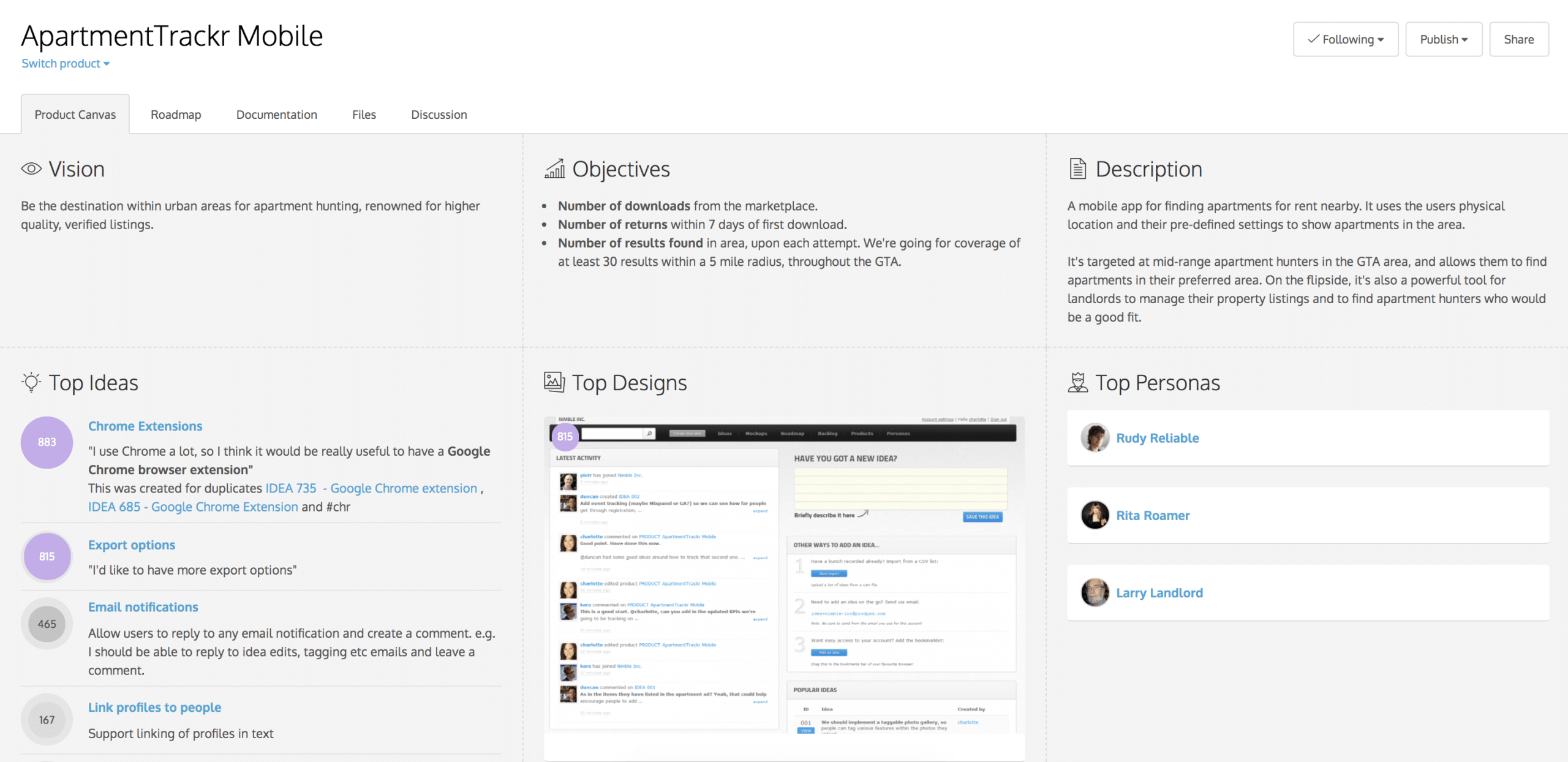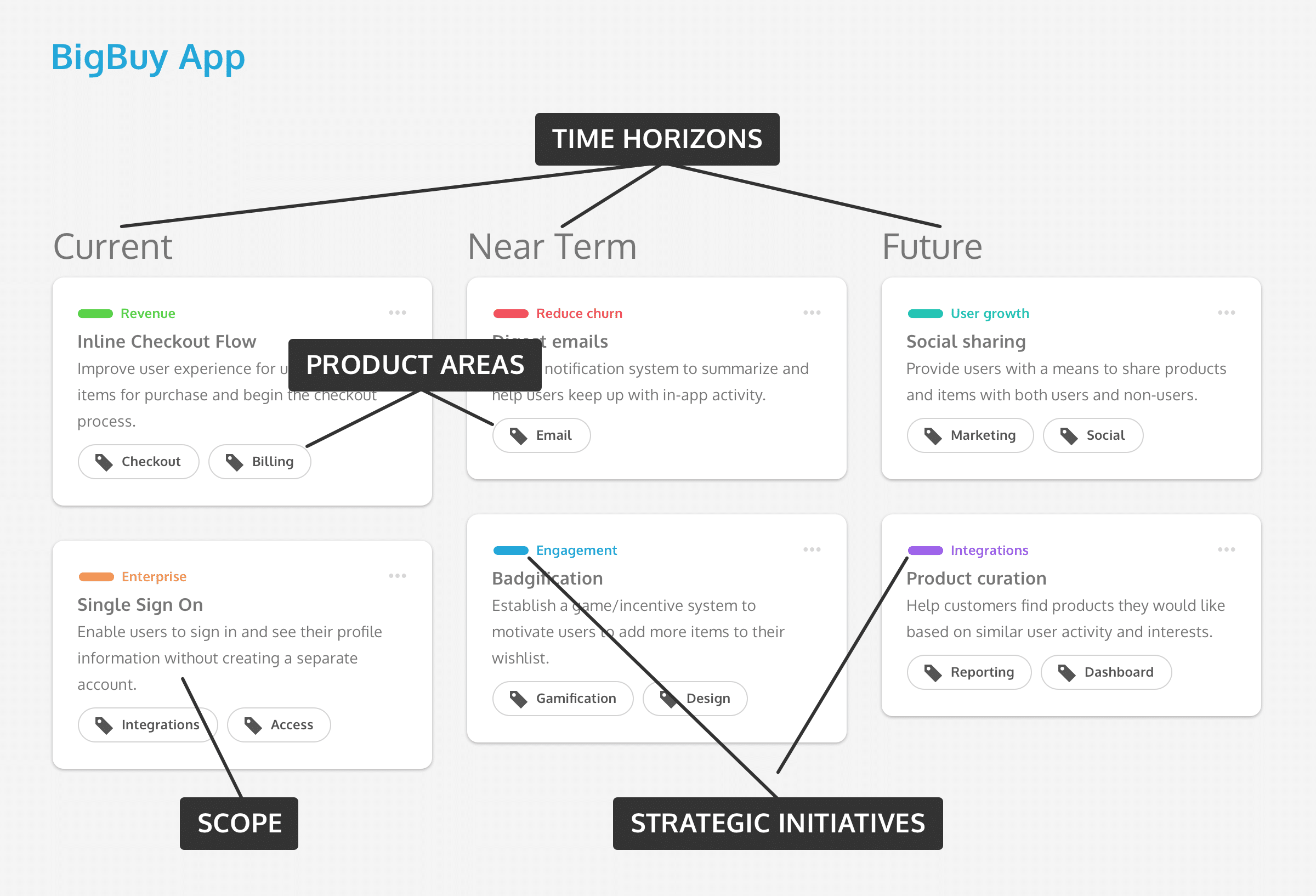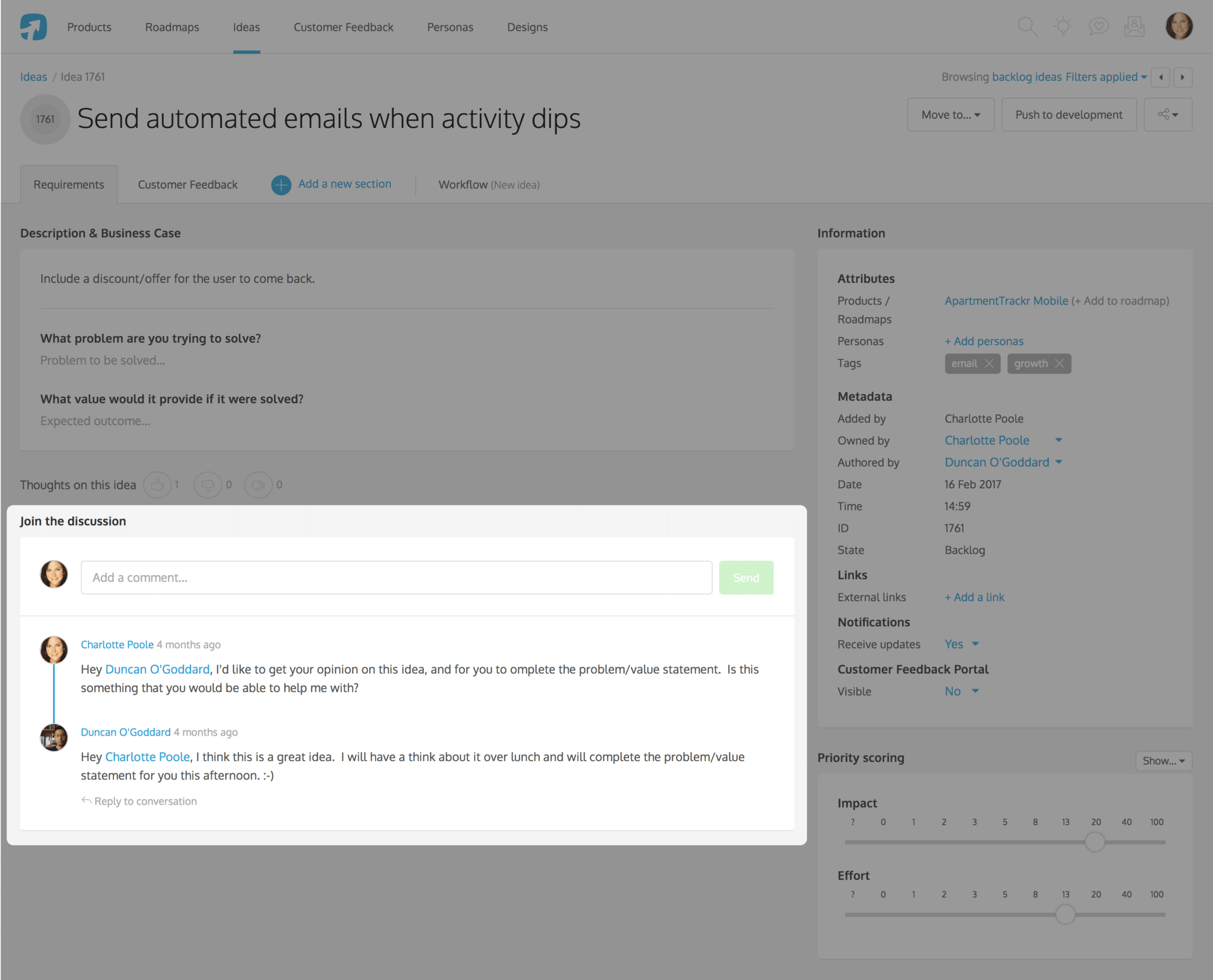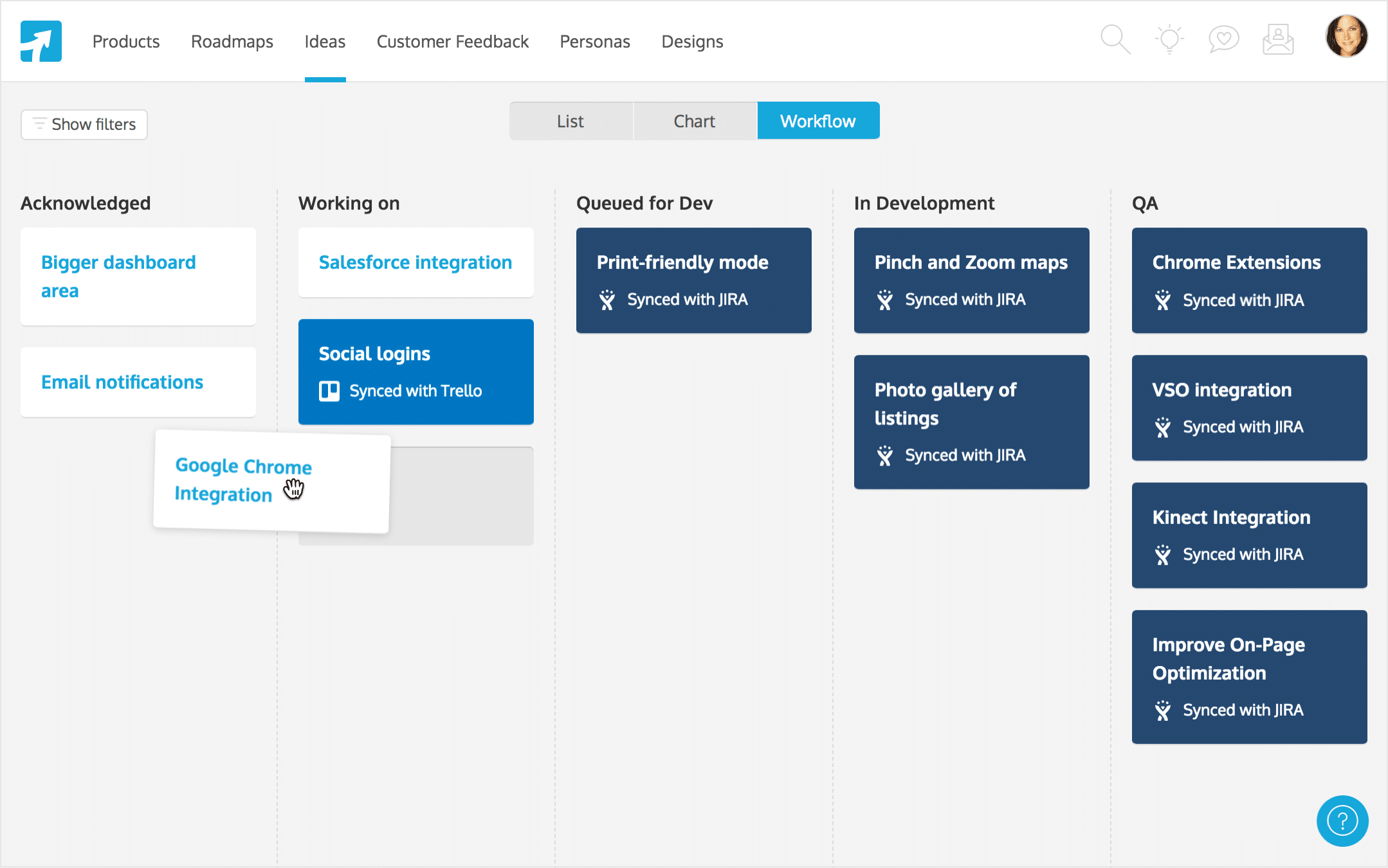Five Effortless Ways To Introduce Internal Transparency Into Your Organization
You already know the importance of internal transparency. You’ve read about it on Inc. You’ve read those news features about Buffer investing in a culture of radical transparency. But it all sounds like a lot of work you don’t have time or political capital for right now. Besides, isn’t that a job for the CEO?
That’s what they want you to think.
Business transparency has always been framed as a sweeping organizational initiative that requires leadership from the C-Suite. But the truth is, it doesn’t take a lot of time or effort to introduce a culture of transparency into your company. In fact, you could start doing it today – and if you’re a product manager, maybe you should.
When you’re a product manager, much of your work comes down to coordinating quickly and effectively with other people. Without transparency, you’re running an operation that’s missing a lot of information.
When you can’t quickly communicate key information across teams – and this is what internal transparency really is – the people who work with you have to rely on partial knowledge to get their work done. That makes a frustrating experience for your colleagues, who don’t have access to the reasoning behind your product decisions.
More importantly, it forces you to take more responsibility than you need to.
Opening up your product management process to the wider company enables everyone to look up key business plans, access documents and details when they need them and support the goals and objectives you’ve set.
Plus, you know you’re doing something right when you’re helping your team get closer to the product and your users.
5 steps to internal transparency
There are five steps – or levels – of internal transparency you can provide when you’re at a product company. From high-level strategy all the way down to customer feedback, you’re shifting the burden off yourself to keep your your colleagues – and empowering them to help themselves to the information they need to make good decisions.
You can introduce transparency at work starting today with documents you already have in ProdPad. Here’s how.
1. Open up your product vision

You probably already know the value of sharing your product vision – but do you do it enough? When it comes to product vision, it’s better to over-communicate than suffer through the consequences of not communicating it enough.
Our co-founder Janna Bastow once worked at a company where no one ever bothered to document a product vision. Then one day when the company sent a team out to recruit at a job fair, she and her coworkers could hardly keep their story together as they talked to potential hires.
One job-seeker even ended up asking her: “Are you sure you’re all working on the same product? I talked to a few of you about what your product is about and everyone gave me a different answer!” How embarrassing! 😳
Though the product vision is the highest level of transparency you can provide, it plays a really important part in how your coworkers understand their roles and the purpose of their work.
Marty Cagan of Silicon Valley Product Group points out:
When done well, the product vision is one of our most effective recruiting tools, and it serves to motivate the people on your teams to come to work every day. Strong technology people are drawn to an inspiring vision; they want to work on something meaningful.
If you already have a product vision, don’t be too shy to display it prominently in your office, to refresh everyone’s minds before planning meetings and to generally bring it up all the time. If they complain about it, tell them the people at ProdPad made you do it. 😉

2. Open up your product roadmap
There’s no point treating your product roadmap like it’s a state secret, although we know some companies that do. (Why!?)
Your product roadmap is the single best way to communicate your strategy in a way that everyone understands – as long as you do it the right way.
The right way to share your roadmap is by defining a set of problems you plan to solve. No features, no timelines. That gives your colleagues the context they need to understand the direction your product is moving in, while still giving you the space to figure out what exactly you’ll do to solve it.

One way to make your roadmap really useful is to share different levels of detail with different audiences at your company.
For example, your CEO and exec team would probably be happy to review a high-level roadmap with you. What they want to see is the bottom line.
On the other hand, you’re better off sharing a highly detailed version with customer support, who need access to documentation, functional specs to handle customers and helpdesk tickets.
If you’re on ProdPad, we make this easy for you. You can create multiple versions of your roadmap and share the link (or embed) with each audience. Use this chart to help you figure out what you need to share with whom.

3. Open up your product backlog
You can be on your way to a solid product culture today just by forking over access to the product backlog to your colleagues.
Just like a Facebook post gathering likes and comments, people like to see their ideas get attention and feedback. It makes them feel heard and makes them likely to contribute and discuss ideas with you – and each other.
Barbara at Clicktime explains the profound difference it makes when you actually receive feedback on an idea you’ve submitted:
“It’s nice to have someone from the product team explain to you really clearly: ‘We hear your request and this is actively on our roadmap’ vs. ‘I don’t know if we’re ever going to do that.’”
In ProdPad, your colleagues monitor ideas and jump into the discussion early on. They can review ideas that didn’t make it to the next stage and find out why. They can also stay involved with an idea as it progresses and help shape the product spec.

4. Open up your product management workflow
Now we’re getting into truly transparent territory.
There’s no better way to communicate how the product team operates than by simply opening up your product management workflow and letting others peer in.
Workflows expand your power to share the stages through which you make everyday product decisions you make product decisions. They also empower your colleagues in marketing, support and sales to see what’s coming down the pipeline so they can prepare for the next release.
Launching a product or feature successfully requires a great deal of coordination across teams. With this view, your teams can quickly see where they need to focus, access details quickly, grab the docs they need and go.

5. Open up your customer feedback
Think you’ve bared it all? Not quite yet!
The most valuable layer of information you can share across your business is customer feedback. But this critical layer of information – the primary source itself – is also often the least visible across company communications.
When you’re at a product company, making customer feedback easily accessible to everyone is the only way to keep a user-centric company…user-centric.
Remember, feedback isn’t just limited to customers sending you complaints on a website widget. It’s also the problems they tell you about on sales calls, on live chats, on social media and even at conferences. Every opportunity to improve your product, your marketing and your overall customer experience is hidden in what your customers are telling.
In fact, the most resourceful marketers have been known to “steal” their messaging ideas by digging into customer feedback. There are a lot of golden nuggets in there, so it’s in your best interests to make it easier for us all to see it.

We keep up with customer feedback at ProdPad is with our Slack integration. We pull in customer from services like Zendesk, Intercom and our customer feedback portal into the #feedback channel.
That gives us the initiative to monitor what customers are communicating to us and jump in to make improvements without waiting too long.
What next?
Believe it or not, you don’t have to be the boss to foster a product culture or a culture of internal transparency at your company.
You have the tools. You have the information. Now all you have to do is get it out there in front of your teams – then to get out of the way to let them do their best work!